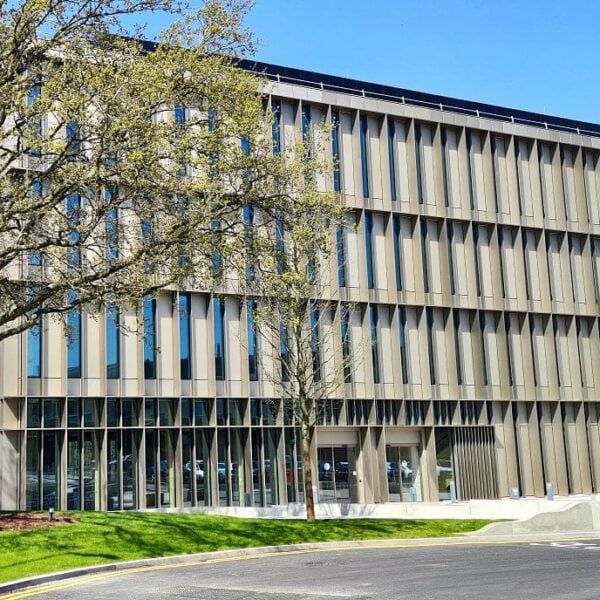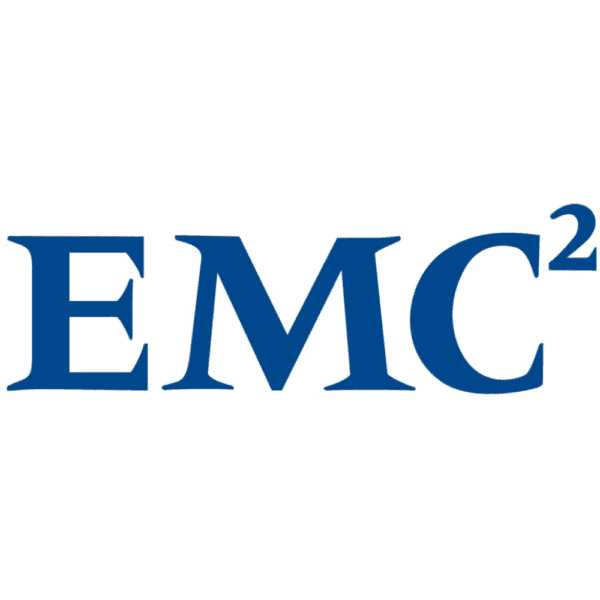Developed by The Uptime Institute (TUI), the Tier Classification and Performance Standard defines four levels of availability for a complete site, ranging from the basic Tier I to the highest-availability Tier IV. Data centre tiers were designed to help people quickly identify the level of redundancy and complexity that a data centre infrastructure has to offer so that the correct UPS can be chosen.
When choosing a data centre, there’s a lot to consider. From access, power, location, compliance, accreditations and ongoing support, you’ll need to make sure the data centre you choose fits your needs and budget. Below par, and you could be looking at outages and failure to meet data protection legislation. Over-do it, and you could be paying for a level of infrastructure that you don’t actually need.
When we look at the UPS aspect of the datacentre the tiering system is based on the variants of two design techniques – dual cording and redundancy:
Dual cording refers to IT equipment that has two independent power inputs, each sufficient to meet its entire power requirement. If any event, anywhere on the data centre site should interrupt one power feed, the other can continue to drive the IT load, without the load suffering power interruption or loss. This is redundancy at the power distribution path level.
Redundancy brings the same type of resilience to failure at a system level, using a technique known as ‘N+1’. In a UPS system, for example, if a configuration with N modules is sufficient to entirely support a critical load, then a configuration containing N+1 modules would continue to support the load without power interruption or loss even if one module fails.
The TUI Tiers
- Tier I
Non-redundant capacity components - Tier II
Tier 1 + redundant capacity components - Tier III
Tier 1 + Tier 2 + dual-powered equipment and multiple uplinks - Tier IV
Tier I + Tier II + Tier III + all components are fully fault-tolerant including uplinks, storage, chillers, servers etc. (Everything in this tier is dual-powered).
The true significance of a data centre’s tier rating arises because it depends on all aspects of the site’s infrastructure that impact operation, including both subsystems installed and operational sustainability. This in turn involves many factors, including topology decisions, about robustness and operability, construction implementation, site management and staffing. The rating is also constrained by the infrastructure’s lowest-rated aspect. For example, a site with a robust Tier IV UPS installation and a Tier II chilled water system will be limited to a Tier II site rating.
Tier I
Tier I data centre is considered the least reliable because its capacity components are non-redundant. If the data centre experiences a power outage, it’s likely that you will incur downtime due to the lack of backup systems in place. You’ll also be out of action every time the data centre shuts down for maintenance.
Tier II
A Tier II data centre has to ensure that all capacity components are fully redundant. This means that unlike a Tier I, planned outages for maintenance won’t impact your uptime. However, a Tier II will offer a significantly lower uptime guarantee than a Tier III or IV data centre. If your online services aren’t business critical and you can accommodate some downtime, then a Tier II may meet your needs.
Tier III
For the majority of small – medium sized businesses, Tier III data centres are usually a good fit.. There should be no downtime for maintenance, unless major work is required and all equipment is dual-powered with multiple uplinks.
Tier IV
This is the top tier – and will be your most expensive option. All equipment is fully fault-resistant, achieved by creating physical copies of all essential equipment. For the UPS this is known as N+N. You should expect no interruption of service for outages – either planned or unplanned. This type of data centre is generally used by large, global businesses or public sector organisations. Remember, Tier ratings are a guide only. You may find that some Tier III data centres offer some of the benefits of a Tier IV.
If you have any queries or require more detail on data centre tiers and which level fits best for your business, get in touch with one of our KUP data centre experts.





